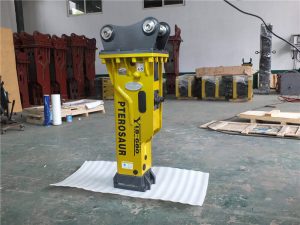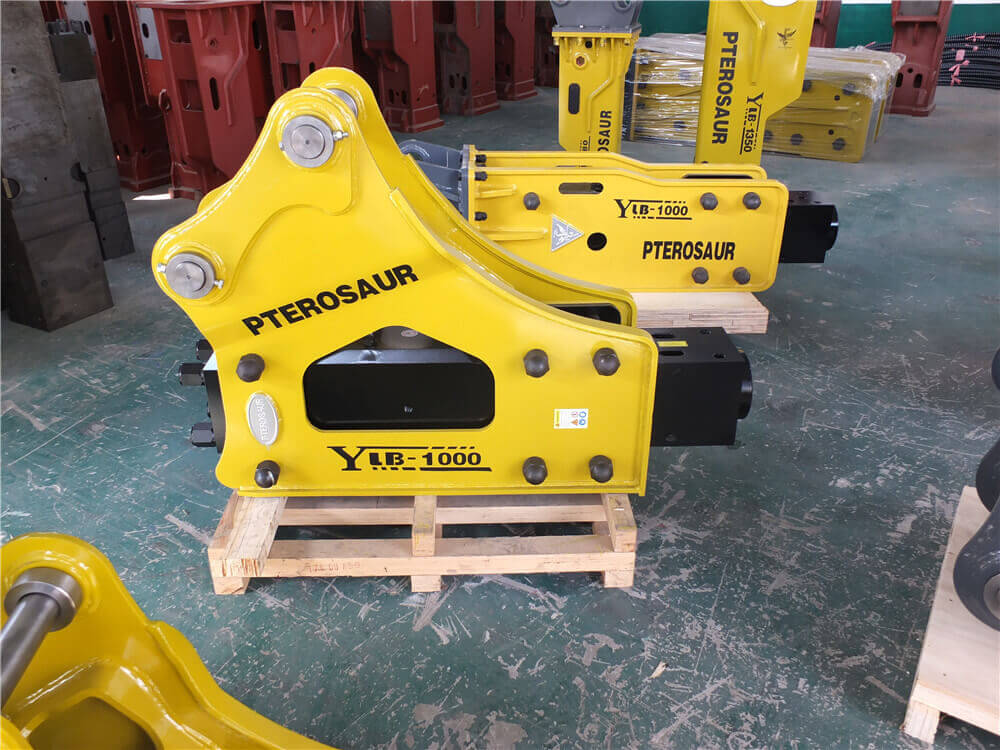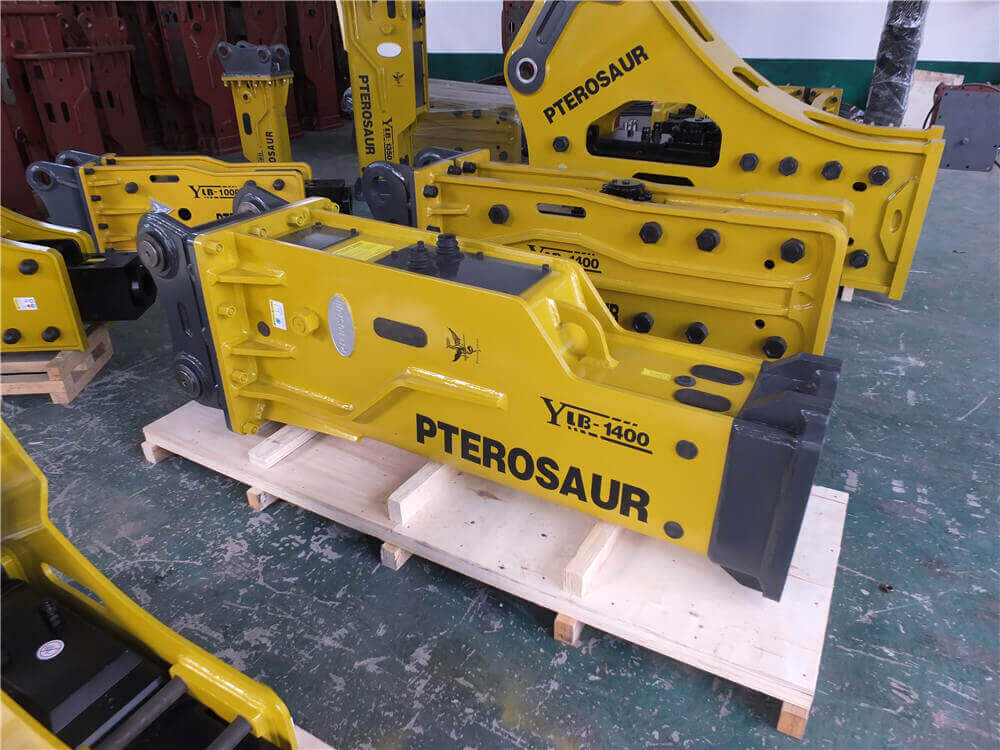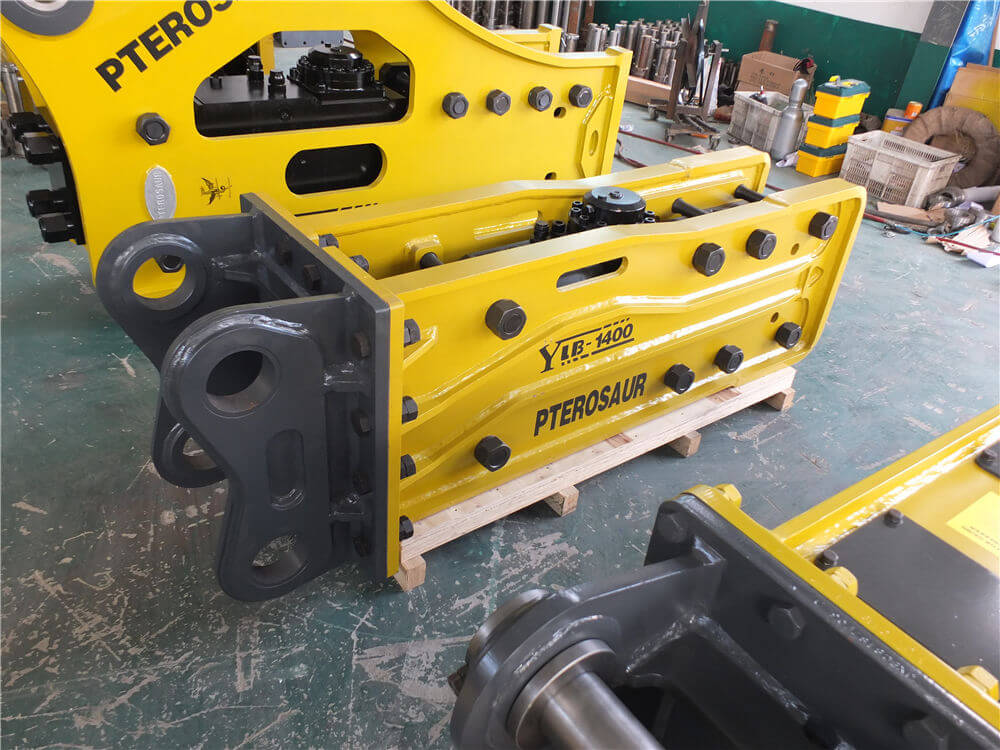Understanding Hydraulic Breakers: A Comprehensive Guide
When it comes to breaking or crushing hard materials such as rock and concrete, few tools are as effective as the hydraulic breaker. Also known as a hydraulic hammer, this powerful equipment is a staple on construction sites and in demolition projects, providing the force needed to tackle tough materials with efficiency and precision.
What is a Hydraulic Breaker?
A hydraulic breaker is a heavy-duty tool that utilizes hydraulic pressure to deliver powerful strikes against hard surfaces. This mechanism mimics the action of a hammer, but it is designed to operate with significantly more force. The hydraulic breaker is often mounted on excavators or other construction machinery, making it versatile for various applications.
How Does a Hydraulic Breaker Work?
The operation of a hydraulic breaker is based on a blend of hydraulic pressure and chiseling action. It functions by converting hydraulic energy into mechanical energy, thus allowing the breaker to deliver high-impact blows to the material being worked on.
- Hydraulic Pressure: The hydraulic system generates pressure that moves pistons within the breaker.
- Chiseling Action: The pistons strike a chisel-like tool, which breaks apart the material, whether it’s concrete, rock, or asphalt.
This dual action helps to break down large, unmanageable pieces into smaller, more manageable sizes, significantly speeding up the demolition and construction process compared to manual methods.
Applications of Hydraulic Breakers
Hydraulic breakers are utilized across various industries, including:
- Construction: Breaking up concrete foundations, walls, and other structures.
- Mining: Fragmenting rock to facilitate extraction processes.
- Demolition: Dismantling buildings and other structures efficiently.
Their ability to operate effectively in challenging environments makes them invaluable for contractors and construction crews.
Types of Hydraulic Breaker Tools
The effectiveness of a hydraulic breaker is also dependent on the type of chisel used. Different chisels are designed for specific applications, such as:
- Pointed Chisels: Ideal for precision work in concrete and rock.
- Flat Chisels: Better suited for breaking flat surfaces and large areas.
- Moil Points: Effective for penetrating hard materials.
Choosing the right chisel type is critical for maximizing the efficiency and success of the project at hand.
Important Considerations
When using hydraulic breakers, operators must ensure compatibility with the machinery in use. Factors such as weight, hydraulic flow, and mounting systems should align with the manufacturer’s guidelines to prevent damage and ensure optimal performance.
Additionally, operators should be trained to recognize signs of wear and malfunction to maintain efficiency and safety. Routine inspections are crucial to avoid issues such as accelerated wear of parts or reduced efficiency.
Conclusion
Hydraulic breakers are essential tools in the construction and demolition industries, providing unmatched power and efficiency in breaking hard materials. Understanding how they work and their applications can help in selecting the right equipment for any job. With the right knowledge and maintenance, hydraulic breakers can significantly enhance productivity and effectiveness on site.



































